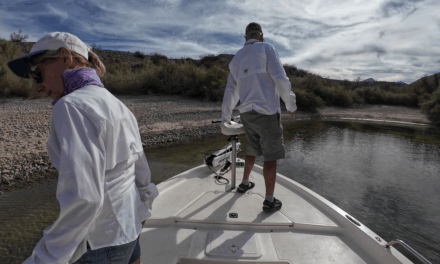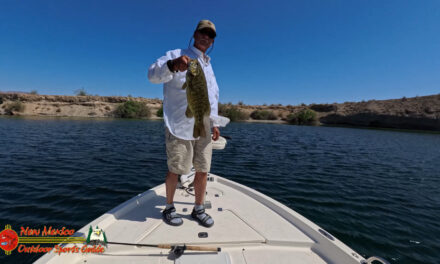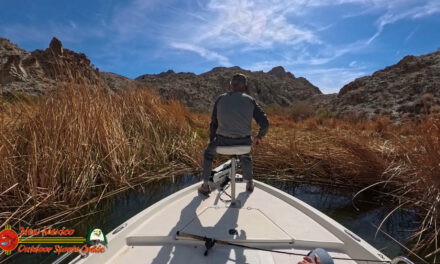The Guadalupe Basin River Authority (G.B.R.A.) manages the Guadalupe Basin, which flows from the heart of the Texas Hill Country to Lavaca Bay on the Gulf of Mexico. It supplies water to all of the local water suppliers like the Spring Hill Water Plant, which gets its water directly from Lake Placid, a lake formed by the Guadalupe River. The G.B.R.A. endorses random chemical treatment of hydrilla and other nuisance aquatic plants in the river and does not guarantee its water quality. This leaves the local providers the responsibility of ensuring the quality of the water they provide to the public for drinking.
Robin Richardson is the director of the Spring Hill Water Board in Seguin. She is also a conservationist, President of Health Awareness and Water Knowledge (H.A.W.K.) and founder of Better Aquatics In Texas (B.A.I.T.).
According to Ms. Richardson, the Spring Hill Water Treatment plant and the Canyon Regional Water Authority are not equipped to get all the aquatic pesticides out of the water in their water treatment process. She feels the G.B.R.A. should be responsible for providing quality water resources for drinking and recreation.
On June 1st, Richardson went swimming near her home on Lake Placid and saw where the G.B.R.A. had chemically treated aquatic vegetation in the lake – less than 20 feet from where her community gets its drinking water!
“I feel like the coyotes are guarding the chicken house and this has got to stop. I want the G.B.R.A. to warrant their actions if they’re going to endorse aquatic pesticides, and that means bringing the community into the decision-making process of how our raw drinking water should be managed,” says Richardson.
The most popular pesticide used in Texas lakes seems to be Sonar, which is strongly suspected in the onset of cancer-related diseases among people using reservoirs in which Sonar has been applied. Restrictions on the amount of the pesticide to be used in a specific area have not been clearly established among users. A permitting process would make clear the dosage for a particular size reservoir, which would alleviate part of the problem.
No governing body is responsible for the treatment of drinking water, she says, and she suggests the establishment of a permitting process for the treatment of aquatic vegetation. “This would be the key to protecting our drinking water.”
According to Pat McCarty, who was in attendance at the recent meeting in Athens of the Texas Parks & Wildlife Department, H.A.W.K., the Lower Colorado River Authority (L.C.R.A.) and several other state water-governing bodies, Larry McKinney of the TP&WD discussed setting up a committee to study whether permitting should be required for the introduction of pesticides into Texas lakes. “Results from this committee could strongly affect legislation.”
Richardson blames the G.B.R.A. for killing the submersed vegetation in Lake McQueeney. The Friends of Lake McQueeney, a local conservation group, and the G.B.R.A. both have come out in favor of Gov. Bush’s proposed hydrilla harvesters as a non-chemical weapon against unwanted aquatic vegetation, but Richardson says, “it’s just lip service.”
Richardson is a strong proponent of the mechanical hydrilla harvester. She was present at the recent meeting of Gov. Bush, the TP&WD, the G.B.R.A., the L.C.R.A., and others on Lake Bastrop where the mechanical hydrilla harvester was taken for a test drive. “I was in the boat with Ray Scott, Terry Oldham, Harold Sharp, a local fishing talent and true conservationist, and David Stewart. As we were watching the harvester operate, back behind the harvester and rising up was a bald eagle – I had never seen one! Around the bend, he dove for a fish And when he flew off, I thought to myself, ‘he could not have read nor understood the chemical restrictions had the lake been treated, making that fish too contaminated for consumption.’”
– Lake Mohave
– Lake Mohave






